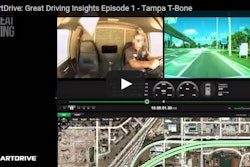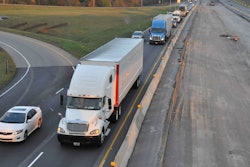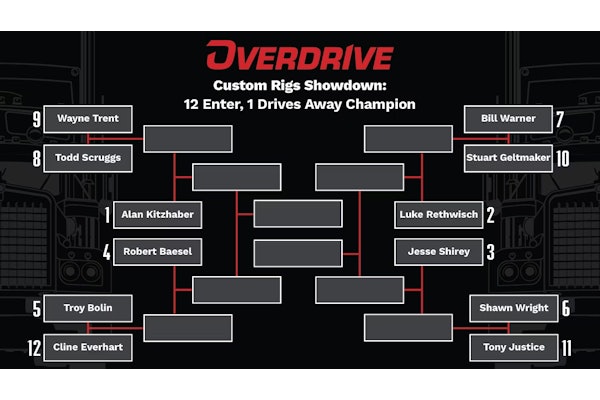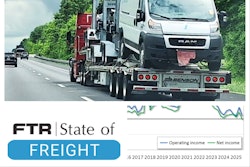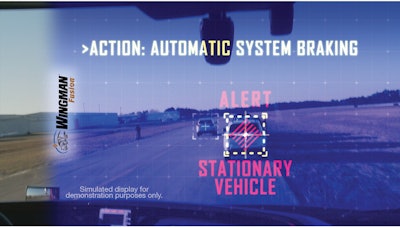 Collision avoidance systems were discussed as a way to improve safety in trucking during a Senate subcommittee hearing this week.
Collision avoidance systems were discussed as a way to improve safety in trucking during a Senate subcommittee hearing this week.A Senate subcommittee hearing earlier this week brought together trucking industry stakeholders and subcommittee members to discuss what can be done in the future to continue to address truck safety across the U.S.
Safety technologies such as forward collision avoidance systems, lane departure warning systems and automatic emergency braking were a few of the techs discussed in the Subcommittee on Surface Transportation and Merchant Marine Infrastructure, Safety and Security’s hearing, titled “Continuing to Improve Truck Safety on our Nation’s Highways.”
Subcommittee Ranking Member Cory Booker (D-N.J.) said in the hearing more efforts need to be made to reduce crashes on highways, including crashes involving trucks. Booker said as the economy has improved, highway deaths in accidents involving trucks have been on the rise as well.
“It’s not getting better, and we’re seeing a frightening increase,” he said. “We have to make sure tired drivers are not getting behind the wheel, and we have to have only the safest trucks on the road. That means proper inspections, not having faulty brakes and not getting longer, heavier trucks on the highways.”
Dr. Adrian Lund, president of the Insurance Institute for Highway Safety, testified in the hearing that since 2009, there has been a 22 percent increase in fatalities involving trucks compared to just a 4 percent increase for other crashes.

Booker pressed Swift Chairman Emeritus Jerry Moyes on the costs versus the benefits of implementing several technologies in recent years – ELDs in 2010; collision avoidance, lane departure and automatic transmission systems in 2013; and dashcams, both road- and driver-facing, in 2015 – and whether the costs of adding these technologies has put Swift behind other fleets that have looked to cut costs instead.
While Moyes did not offer any specifics as to the costs of the implementation of these technologies, or whether he felt other fleets not implementing them were at an advantage, he said he has “always looked at safety first” for his fleet, and that adding these technologies has allowed Swift to reduce accidents.
Impaired and distracted driving were also topics of concern for subcommittee members, and Christopher Hart, chairman of the National Transportation Safety Board, said both have been on the Board’s “Most Wanted” list for safety improvements for years. “We need a culture change when it comes to distracted driving like we had with drunk driving years ago,” he said. “It’s not cool to be drunk anymore. We need a similar change in culture for distracted driving from cell phones.”
Hart added that drivers are 23 times more likely to be involved in a crash when texting and driving.
Lund added to Hart’s testimony, stating that drivers get distracted by many things, not just electronic devices. “We need to prevent crashes no matter why [the drivers] are distracted,” Lund said.





